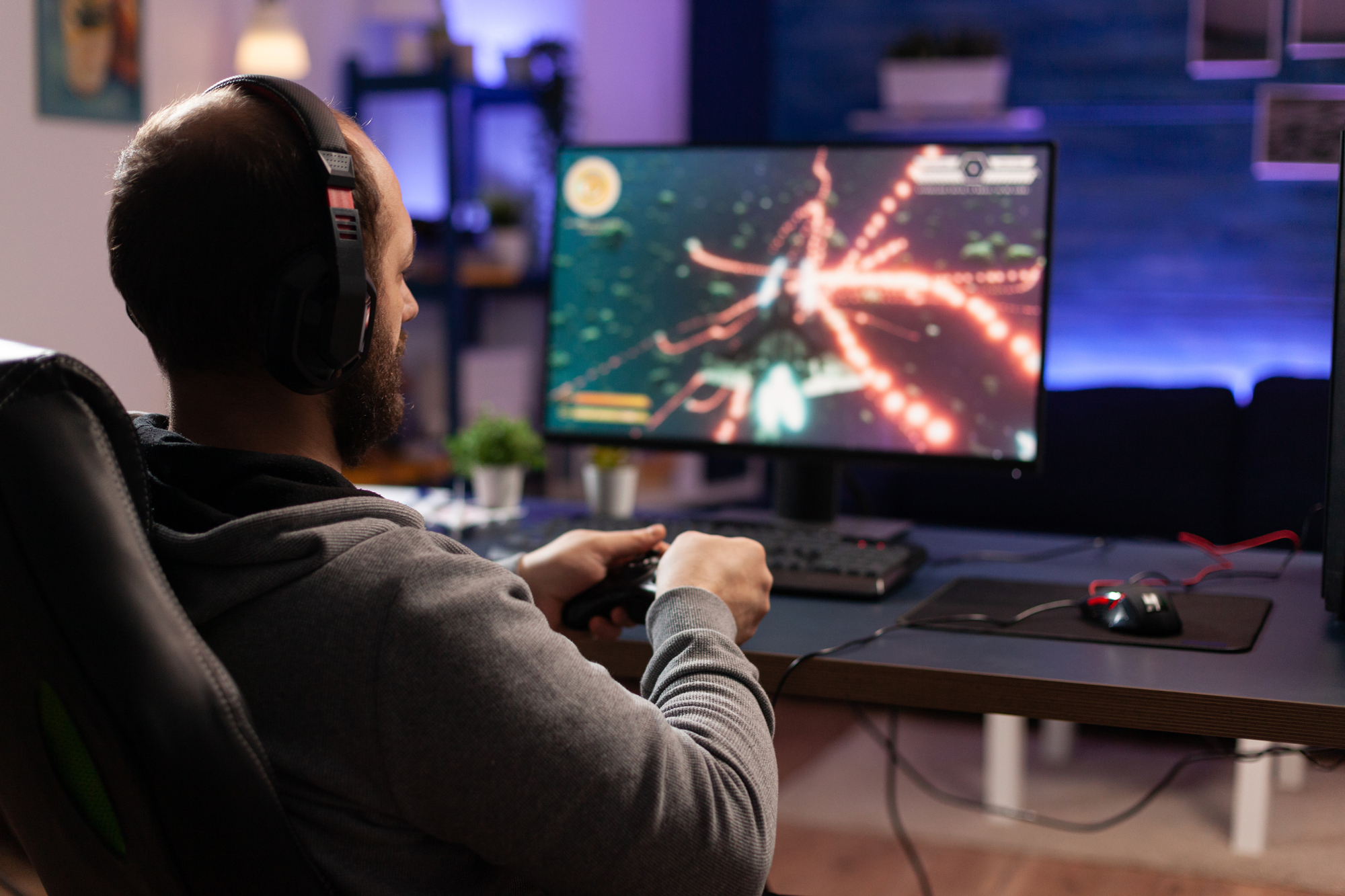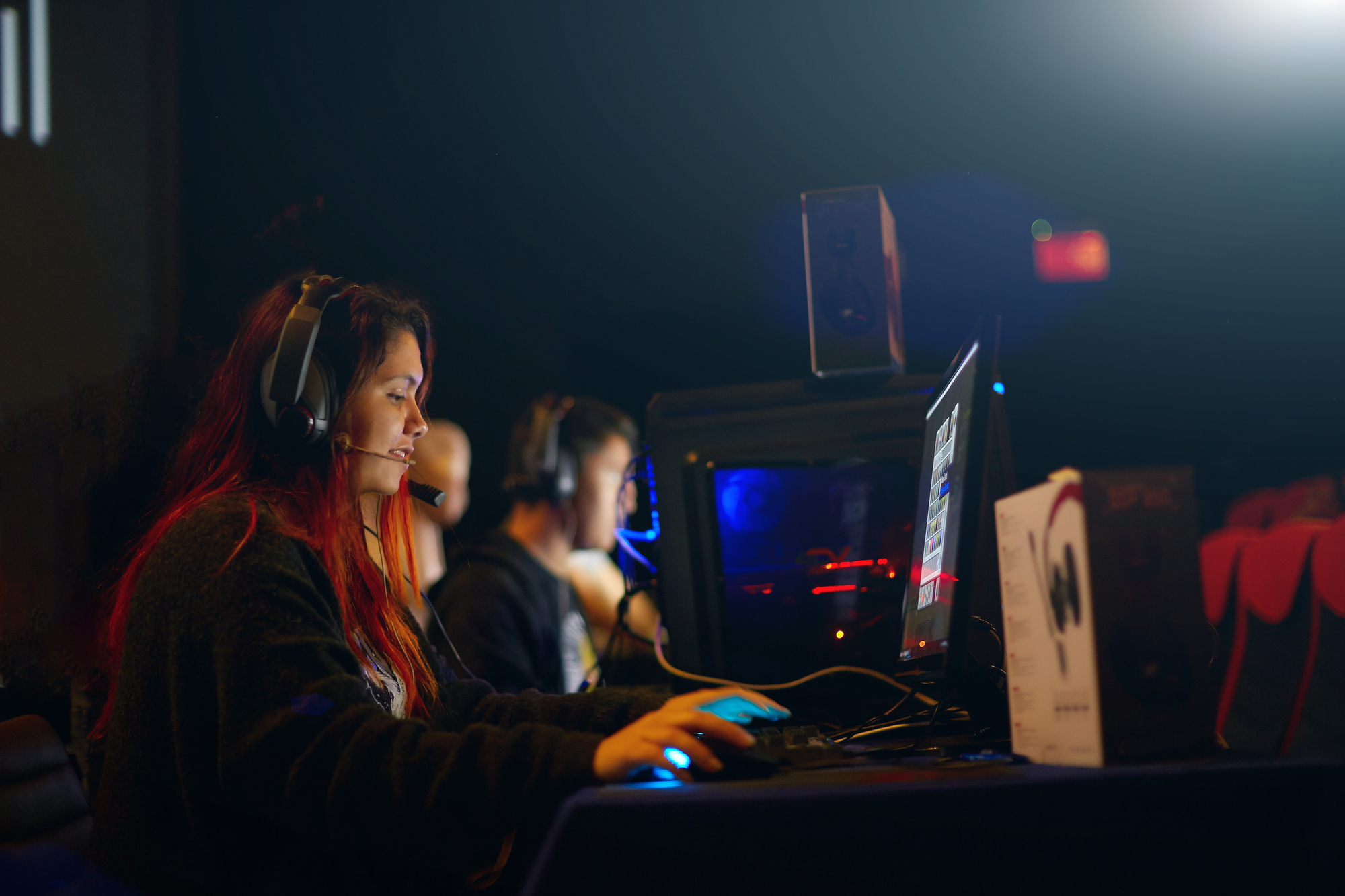Gaming and fashion have forged an unexpected alliance in recent years. Virtual worlds now serve as platforms for sartorial experimentation, inspiring real-world trends and designer collaborations. Video game characters’ outfits are influencing runway collections and street style alike, blurring the lines between digital and physical fashion.
This crossover between gaming and fashion extends beyond mere aesthetics. Gamers increasingly view their virtual avatars as extensions of themselves, seeking stylish options to express their identities in digital realms. Fashion brands have taken notice, creating in-game cosmetics and partnering with game developers to reach new audiences.
The fusion of gaming and fashion reflects broader shifts in entertainment and consumer culture. As gaming becomes more mainstream, its influence on other industries grows. Fashion designers draw inspiration from game aesthetics, while gaming companies recognize the value of offering players diverse and trendy customization options.
Evolution of Gaming in Fashion
Gaming aesthetics have permeated high-end fashion, influencing designs and inspiring new collaborations. This fusion has led to innovative collections and a reimagining of traditional fashion shows.
Interactive Art and High Fashion
Fashion brands have embraced gaming culture, incorporating digital elements into their designs. Luxury labels now create virtual clothing lines for games and avatars. These digital garments allow players to express their style in virtual worlds.
Fashion shows have transformed into immersive experiences. Designers use augmented reality and projection mapping to showcase their collections. These tech-enhanced presentations blur the lines between physical and digital fashion.
Gaming-inspired accessories have become sought-after items. Handbags shaped like game controllers and jewelry featuring pixelated designs appeal to fashion-forward gamers.
Retro Gaming Aesthetics and Modern Design
Nostalgic 8-bit graphics from classic games have found their way onto runways. Designers incorporate pixelated patterns and bold color blocks into their collections. These retro-inspired pieces resonate with both gamers and fashion enthusiasts.
Iconic game characters serve as muses for high-end collections. Mario, Pikachu, and other beloved figures appear on luxury garments and accessories. This fusion of pop culture and couture creates buzz and attracts younger consumers.
Streetwear brands collaborate with game developers to create limited-edition apparel. These partnerships result in clothing that celebrates gaming history while staying current with fashion trends.
Influence of Esports and Virtual Worlds
Esports teams have become style icons, influencing fashion beyond gaming circles. Professional players’ uniforms now blend performance wear with trendy designs. This evolution has sparked collaborations between esports organizations and fashion brands.
Virtual fashion shows in games like Fortnite and Animal Crossing have redefined the industry. These digital events allow designers to reach global audiences and showcase experimental designs without physical constraints.
In-game cosmetics and skins have inspired real-world fashion collections. Designers draw inspiration from popular game aesthetics to create bold, futuristic looks. This cross-pollination keeps fashion fresh and engaging for tech-savvy consumers.
Iconic Collaborations and Collections
Gaming aesthetics have penetrated high fashion, spawning collaborations between top brands and game developers. These partnerships blend digital worlds with tangible fashion items, creating buzz among gamers and style enthusiasts alike.
Luxury Brands and Video Game Partnerships
Louis Vuitton made waves by partnering with League of Legends in 2019. The collaboration produced a capsule collection featuring game-inspired clothing and accessories. Gucci followed suit, teaming up with Tennis Clash and Pokémon GO. These partnerships led to limited-edition items that sold out quickly.
Balenciaga took a different approach, creating its own video game to showcase its Fall 2021 collection. The game, “Afterworld: The Age of Tomorrow,” allowed players to explore a virtual world while viewing the latest designs.
These collaborations blend gaming culture with high-end fashion, appealing to a younger, tech-savvy audience.
High-Profile Game-Inspired Streetwear
Streetwear brands have jumped on the gaming trend, creating collections that resonate with fans. Nike collaborated with PlayStation to create sneakers inspired by the gaming console’s design. The shoes featured the PlayStation logo and controller button symbols.
Adidas partnered with various game franchises, including Pokemon and Ninja. These collaborations resulted in sneakers and apparel that merged gaming aesthetics with street style.
BAPE, known for its bold designs, released collections inspired by popular games like Street Fighter and Mega Man. These items quickly became coveted pieces among streetwear collectors and gamers.
Celebrity Influence on Gaming-Inspired Fashion
Celebrities have played a significant role in popularizing gaming-inspired fashion. Travis Scott’s collaboration with Fortnite included virtual concerts and game-themed merchandise. The event attracted millions of viewers and boosted sales of Scott’s gaming-inspired clothing line.
Ariana Grande’s partnership with Final Fantasy Brave Exvius brought her likeness into the game and spawned real-world fashion items. This crossover appealed to both her fans and gaming enthusiasts.
Billie Eilish’s collaboration with Overwatch resulted in limited-edition merchandise that blended her signature style with the game’s aesthetic. The partnership helped introduce gaming fashion to her young fan base.
Cultural Impact and Future Trends
Gaming-inspired fashion has reshaped personal style and the broader fashion industry. This shift has sparked new approaches to clothing design, sustainability, and digital fashion experiences.
From Virtual to Physical: Blending Gaming with Everyday Wear
Gaming aesthetics have seeped into mainstream fashion, influencing street style and high-end designs alike. Sneakers, hoodies, and caps featuring game logos or character designs are now common sights. Fashion brands collaborate with game developers to create limited-edition collections, appealing to both gamers and fashion enthusiasts.
Athleisure wear has seen a surge in gaming-inspired designs, with comfortable yet stylish pieces perfect for long gaming sessions or everyday activities. Backpacks and accessories often incorporate elements from popular games, allowing fans to express their gaming interests in subtle ways.
The entertainment industry has embraced this trend, with celebrities and influencers sporting gaming-inspired looks at events and in media appearances. This crossover has helped legitimize gaming culture in mainstream fashion circles.
Sustainable Practices in Gaming-Inspired Apparel
The gaming community’s growing environmental awareness has led to more sustainable practices in gaming-inspired fashion. Brands are using recycled materials to create game-themed clothing and accessories, reducing waste and appealing to eco-conscious consumers.
Some companies have launched initiatives to upcycle old gaming hardware into fashion pieces, creating caps, backpacks, and even jewelry from discarded consoles and cartridges. This approach combines nostalgia with sustainability, attracting both retro gaming fans and environmentally-minded shoppers.
Virtual fashion shows and digital-only clothing lines have gained popularity, allowing for creative expression without the physical waste associated with traditional fashion production. These digital alternatives offer a glimpse into a more sustainable future for the fashion industry.
Technological Advancements and Digital Fashion
Augmented reality (AR) and virtual reality (VR) technologies are reshaping how people interact with fashion. AR apps allow users to virtually try on gaming-inspired clothing, blending the physical and digital worlds. This technology helps consumers make more informed purchasing decisions and reduces return rates.
Digital fashion has emerged as a new frontier, with designers creating virtual clothing for use in games, social media, and virtual events. These digital-only garments offer unlimited creativity and customization options, free from the constraints of physical materials.
NFTs (Non-Fungible Tokens) have entered the fashion world, allowing for the creation and sale of digital fashion items. This has opened up new revenue streams for designers and given consumers ways to own and trade virtual fashion pieces, further blurring the lines between gaming and fashion.












